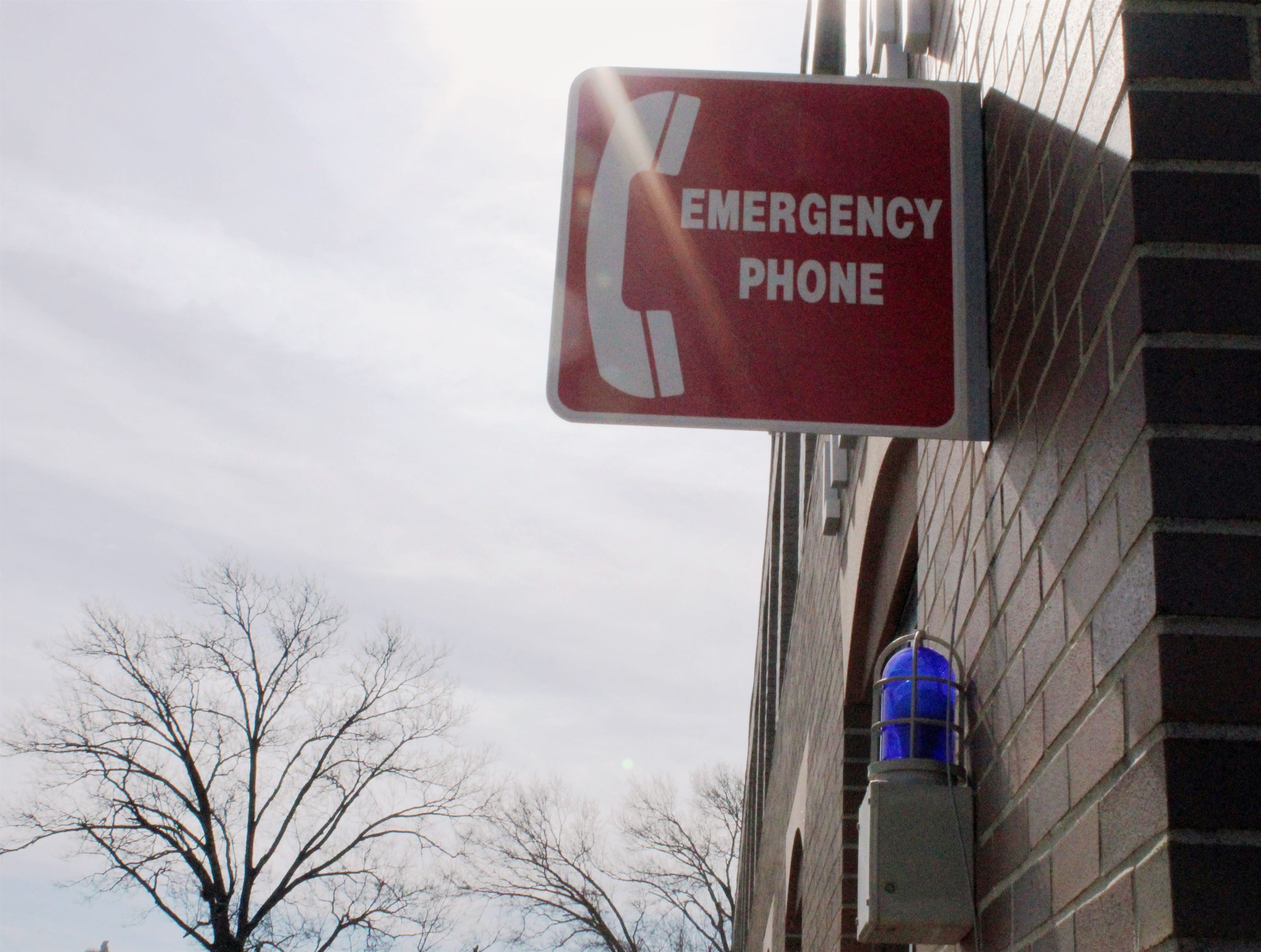On Valentine’s Day of 2018, 19-year-old Nicholas Cruz took a trip back to his old high school in Parkland Florida. Not to catch up with old friends and teachers, but to commit murder. Cruz shot 17 innocent people that day but also changed the lives of thousands of others who chose to walk out of their schools and universities a month later.
Together, led by the student survivors from Marjory Stoneman Douglas High School in Parkland, Florida, a new generation of fed-up students started a movement to hopefully end mass shootings once and for all.
Nearly one year ago, a teenager walked onto the campus of Marjory Stoneman Douglas High School in Florida, killing 17 people. What happened later sparked a push for gun safety reform, one of the largest student movements since the Vietnam War.
📸: Regine Quintos pic.twitter.com/DoqBJBqFWR
— Bear Witness (@bhsbearwitness) February 13, 2019
One year has passed since this tragedy, but what is more upsetting is that this was not the only mass shooting of 2018. According to the Gun Violence Archive, there were 340 mass shootings in the United States in 2018.
From the start of 2019, there have been over 40 mass shootings, including one in Aurora, Illinois last Friday that left six people injured and six others dead.
For most people living in the United States, including students at Montclair State University, the sickening thought of how frequent these tragedies occur makes them wonder what more can be done to prevent this number from growing.
Montclair State is a public university with an open campus, meaning that anyone can come at any time, which isn’t a wrong premise, but there are ways to make students feel safer.
Due to all of the school shootings that have taken place, schools around the country have been on high alert and stepping up security procedures and measures to ensure the safety of their students and faculty. At Montclair State, there are many resources in which students and faculty can use to get help when they do not feel safe.
One tool is the blue lights, which are located outside many of the academic buildings around campus. Below the lights is a designated phone in which students and faculty can easily contact the University Police Department (UPD). Students and faculty also have access to all of the contact information from UPD on Montclair State’s website, including RAVE alerts sent out to the entire campus community when an emergency arises.
While resources to get in contact with UPD is very easy to obtain and many students and faculty are very thankful for them, there are others who are unsure of what else they can do to protect themselves if an intruder were to enter one of the academic buildings.
According to the New Jersey Department of Education, New Jersey State Law 18A:41-1 requires all New Jersey elementary, middle and high schools to perform at least one fire and one security drill per month.
February 14, 2018 changed my life forever. We must improve gun safety laws and stop the idea that teachers with limited gun training can safely hold use guns on a campus. https://t.co/2cbHCZ79ht
— Greg Pittman (@GregPittman1957) February 16, 2019
At Montclair State, there are not a lot of drills that take place except for a few fire drills in the residence halls. Many have rarely witnessed a security or active shooter drill on campus.
Students and faculty do not need a drill interrupting classes every month, but some think there should be at least one drill every semester in every building so the campus community is more prepared if such an event were to happen.
In addition to that, many students think there should be another part of student orientation where new members of the campus community are better introduced to these drills and procedures so they can know what to expect.
It is unfortunate that lots of people are worried about tragedies because it seems like a broken record every time another one happens. One of the first steps in fixing the record is to prepare and practice.



